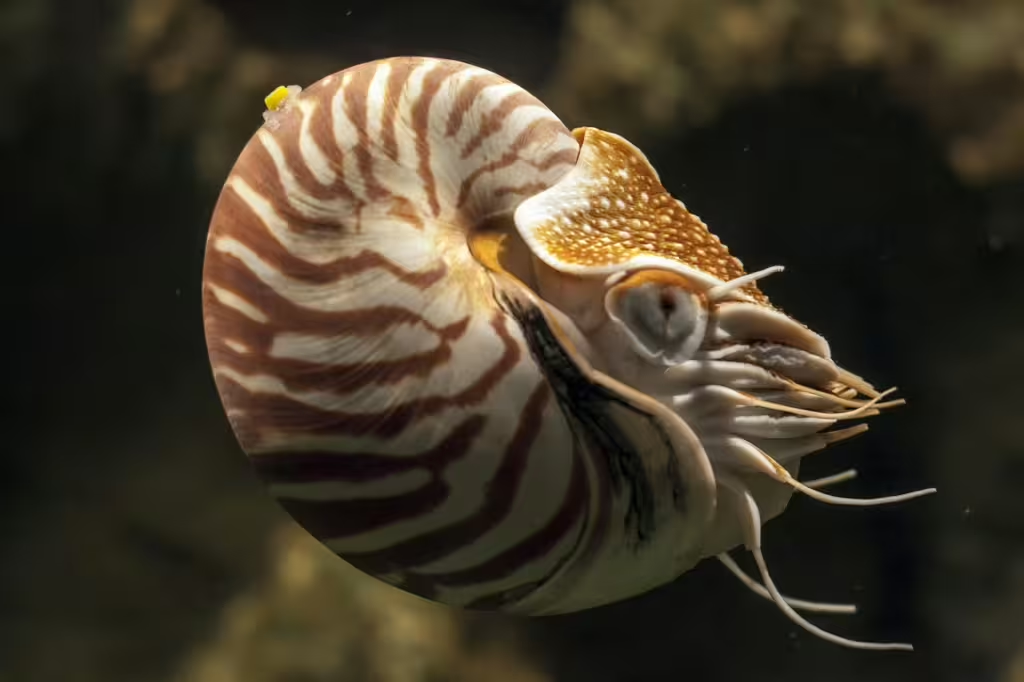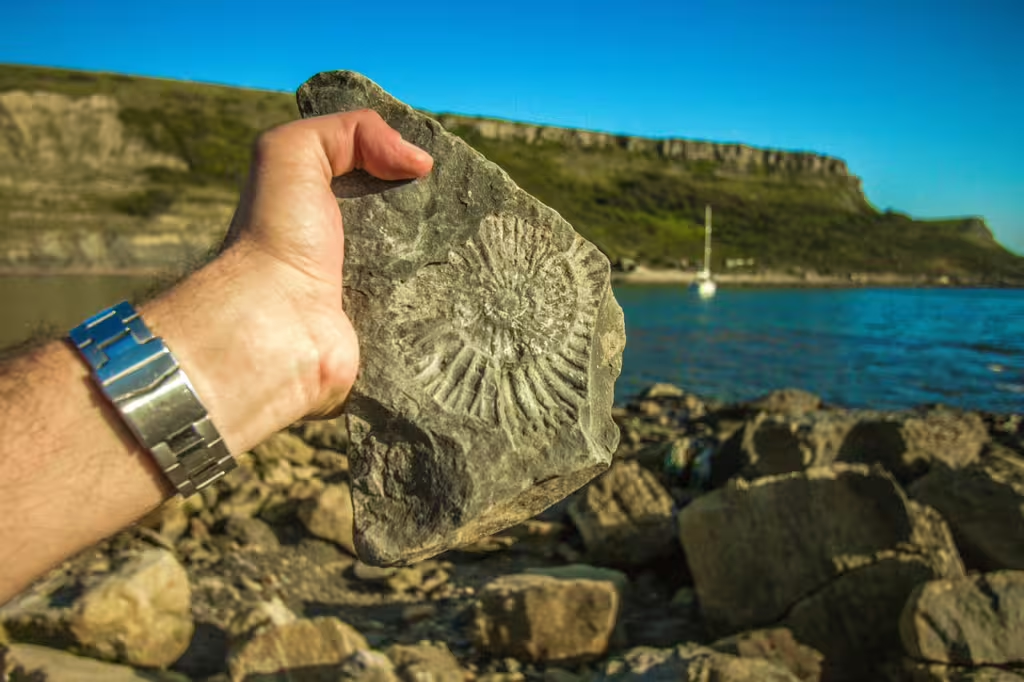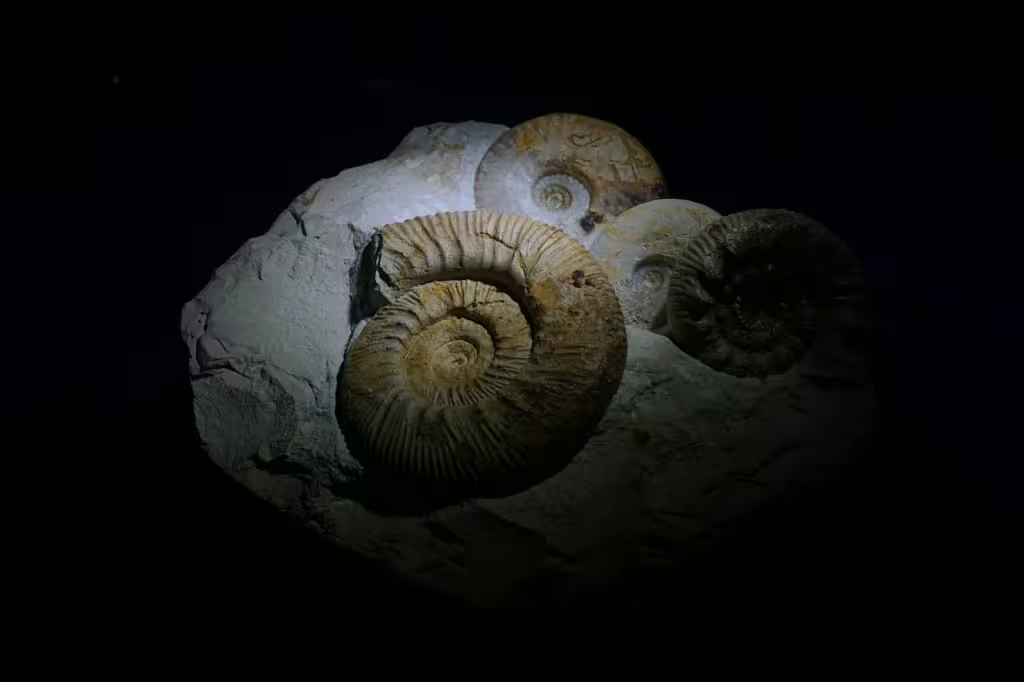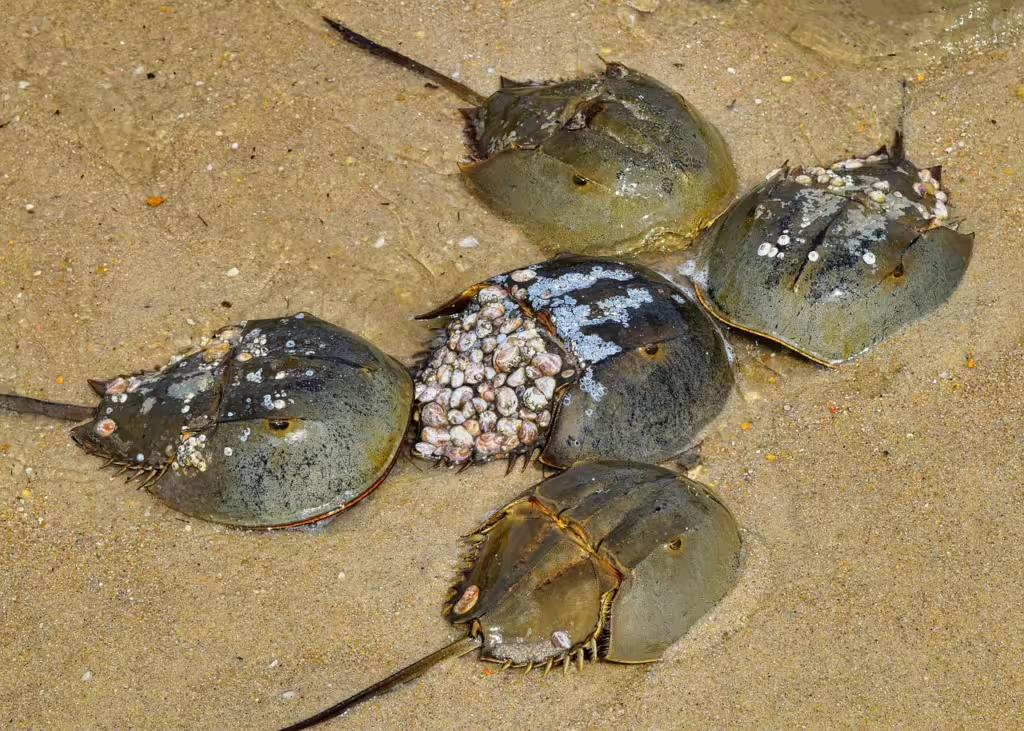Deep in the farthest depths of our planet’s oceans lies a vastly unexplored world. The prevailing theory is that humanity knows more about outer space than we do our own oceans; and as far as most of us know, that is probably true. Beneath the waves and shimmering ocean surface is a world of animals whose blueprints reach deep into our prehistoric past. They are ancient, they are alien, and they are prime examples of the amazing staying power granted to species by evolution.
For the purposes of hyperbole, we will refer to these creatures as “living fossils.” It might not perfectly represent what these critters are, but it is a catchy way of saying that the lineages of these creatures has changed slowly over the millennia. Our main protagonists will be the horseshoe crabs, coelacanths, and nautiluses of the world, as they are the most iconic, but we shall also discuss other aquatic animals of impeccable breeding.
The interesting thing about evolution is that no species is frozen in one form for all time. Sure, many plants and animals have found forms that function with near perfection and kept themselves in mostly the same shape throughout all of time. Crocodiles, dragonflies, and earthworms to name a few. But even these animals do not look exactly as they did at the dawn of time. Every lineage evolves in some way, even the living fossils we mentioned earlier.
In this article, we will examine these living fossils and explore what about their forms or behaviors has changed across the ages and what has remained the same. Get ready to take the plunge, dear reader, as we travel deep into the ocean and far into Earth’s prehistoric past!

Horseshoe crabs
Those of us who are fortunate enough to have walked the beaches of the U.S. mid-Atlantic have been able to bear witness to a unique group of creatures that predates even the mighty dinosaurs. If you’ve been there in during the summer time, you might even have been privy to a summer spectacle of prehistoric proportions; horseshoe crabs flipping in the surf to spawn.
This seasonal event isn’t just about the horseshoe crabs laying their eggs and fertilizing them, it involves one of the greatest bird migrations on the entire planet. Shorebirds like the rufa red knot arrive on these beaches, starving fafter their massive migratory flights, and ready to gorge themselves on the egg bonanza waiting for them. The energy they get from this delicious stopover will give them them all they need to power through the final leg of their journey to their own nesting grounds in the Arctic.
Horseshoe crabs have survived this long because of the simplicity of their design and their behavior. They are basically a living shield with gills that can eat just about anything. They breed in time with lunar cycles, a behavior that has sustained a 450-million-year lineage.
Sadly, recent years have seen massive dropoffs in horseshoe crap populations, which in turn affect the food source for these migratory birds. This, coupled with the the biomedical bleeding of horseshoe crabs for scientific medicine and testing, is pushing these ancient crustaceans to the very brink. Fortunately, for the latter usage at least, the need for blue horsehoe crap blood is falling away; as scientists look to find other alternatives for medical testing.
Coelacanths
Anyone who has ever beheld a coelacanth can easily recognize it as something positively prehistoric. For centuries, people in South Africa reported seeing the fish here and there, but the scientific community could never prove that this ancient species had persisted through multiple mass extinctions. That is, until 1938, when a South African museum curator clapped his eyes on a strange blue fish sitting in the hold of a fishing trawler. The coelacanth had not vanished with the dinosaurs! It’s unique lineage had persisted into the modern age!
This wasn’t the only variety of coelacanth that had survived, either. There actually two modern species living in the world today: the West Indian Ocean coelacanth (Latimeria chalumnae) and the Indonesian coelacanth (L. menadoensis). Both of these fish are deep-reef cave dwellers that emerge to feed only during the night hours. This behavior—and the fact that the fish spends its days hiding in underwater caves—explains its millennia-long disappearance.
In many ways, it’s no wonder these fish have persisted so long. Scientists have analyzed he growth rings on coelacanth scales and found that these fish are astonishingly long-lived. They can live almost 100 years, owing to a very slow metabolism, and have a gestational period of more than five years. This means that the coelacanth can usually afford to take its time with life, but it also means that even the smallest amount of overfishing or environmental change could prove devastating to its lackadaisical population.
Unfortunately, the West Indian Ocean coelacanth has become a victim of circumstance and is critically endangered. The traits and behaviors that make the coelacanth such a persistent prehistoric leftover has also made it vulnerable to deep-set nets and bycatch. This ultimately means that once populations dip, the ability to recover is generational, at best.

Nautiluses
Modern nautiluses only bear some resemblance to the massive mollusks that once swam the seven seas. That said, they are the only surviving externally shelled cephalopods in existence. Most of the nautilus’ relatives—squids, cuttlefish, and octopuses—decided to forgo shells many eons ago. But since the ammonite relatives of the nautiluses died off during the Cretaceous–Paleogene extinction, these colorful critters have been all that’s left of a bygone breed.
Nautiluses bob to-and-fro beneath the surface of the Indo-Pacific ocean. They tend to stay at depths of around 100–700 meters, buoyed by the gas-filled, chambered shell that surrounds their mushier, mollusky bits. Unfortunately, the colorful shells of the chambered nautilus have made them a valuable commidity amongst shellers and those who appreciate ocean-themed decor. This has rendered the species as Threatened since around 2016.
The good news is that trade controls and the U.S Endangered Species Act has helped the population to recover; albeit slowly. Once again, the things that make the nautilus such a survivor are what make it vulnerable to rapid population decline. They have thick shells, slow metabolic rates, and are scavengers who only eat when they need to.
Sturgeons
We step away from the popular choices and away from the ocean itself to examine yet another primordial fish that looks like it belongs in Jurassic Park. Most sturgeons make their homes in freshwater river ecosystems, but many are anadromous, which means they live in both fresh and salt water biomes. They tend to forage in estuaries and coastal shallows, heading upriver when they need to regroup. Their most prominent features include bony scutes along their backs and whiskered, catfish-like snouts.
The sad truth of the sturgeon, however, it that this prehistoric lineage is among the most imperiled vertebrates on the entire planet. Damming, climate change, pollution, overhunting for caviar, and habitat loss are all serious threats to their slow-breeding, slow-growing population. The white sturgeon, in particular, has been the victim of harmful algae blooms, poaching, and drought from climate change. Baltic sturgeons are on the rise thanks to European river restorations, but even they face a long road to recovery.

True Investigator Says…
As you can see, the animals in this article are more than relics of days gone by, they are vital pieces of our modern oceanic ecosystems. They play their part in the food web just as much as other marine species feeding others, hunting some, and recycling carrion. In many coastal human communities, these ancestral creatures are cornerstones of cultural traditions and part of our species’ collective unconscious. And though many of these normally persistent critters are now threatened by human pollution, overfishing, and the devastating effects of climate change, conservationists are making moves to keep them alive and thriving for many more centuries to come.
Discover more from TrueInvestigator
Subscribe to get the latest posts sent to your email.
